The BGE is publishing the final report on the “Development of a concept for characterising the radioactive waste to be retrieved from the Asse II mine”. This report describes a selection of suitable measurement and handling techniques, individual process steps, and the necessary space for this work within a waste treatment plant.
Given that the documentation created during the emplacement period does not meet current requirements, the retrieved waste is to be characterised. In simple terms, this means that the BGE must examine whether the retrieved waste matches the expected characteristics. This characterisation process also seeks to ascertain whether the waste contains relevant quantities of nuclear fuels. Since the facility was placed under the Atomic Energy Act (AtG) in 2009, considerable efforts have been made to eliminate possible uncertainties in the waste inventory. At the same time, characterisation is essential within the course of retrieval so that the waste can be described more accurately. The waste is then conditioned – that is, repackaged and made safe for subsequent interim storage.
All relevant measurements for conditioning
In combination with the available information, the characterisation must ensure that it is possible to determine all measurements relating to the suitable conditioning procedures, subsequent interim storage, and transport to and placement in a repository. Relevant measurements include:
- requirements relating to radiation protection (surface dose rate and surface contamination)
- mechanical and structural requirements (state of packaging, weight and internal structure of the waste)
- chemical and material requirements (explosives and rotting or fermentation, possible gas formation, material composition and non-radioactive harmful substances)
- radiological requirements (activity of nuclides as well as fissile materials and uranium).
Characterisation in seven steps
The plan is to carry out characterisation in a seven-step process: first, the waste is delivered to the waste treatment plant and brought in via the airlock (1). To avoid peak loads, a buffer storage facility is set up (2). Where necessary, the waste is then (pre)treated to allow safe characterisation – this could involve drying, for example (3). This is followed by the actual characterisation step using non-destructive methods (4). Tomographic measurements are used to determine the density distribution in the waste and the waste structures, among other things. Based on these findings, radiological measurements are taken using techniques including gamma spectrometry and neutron activation measurement, which allow the determination of the nuclide inventory and the level of fissile material. The results of the non-destructive measurement techniques are then analysed (5). If the resulting insights are insufficient, further measurement campaigns are planned in order to provide more in-depth information. This may include taking samples (6). The type and scale of sampling depend on the waste being analysed and should be kept to a minimum. Before the waste is conditioned, an overall evaluation is carried out (7).
According to the report, characterisation could be carried out in a three-storey structure. The necessary floor space of such a structure would be approximately 5,200 square metres across all three storeys. The total height of the storeys would be around 15 metres.
Artificial intelligence to support the work
Artificial intelligence is to be used during data analysis in order to allow the structured, time-efficient and less error-prone analysis of large and complex datasets. This will allow the identification of patterns that could reduce the number of measurements, and therefore the handling of radioactive waste, during the characterisation process. The work at the waste treatment plant is designed to allow continuous learning from the experiences gained.
Means of optimising the characterisation process
At the waste treatment plant, the plan is to deliver an average of five overpacks per day, each of which can contain up to eight waste drums. The speed of characterisation is highly dependent on the time needed for the respective measurement procedures. It would be possible to increase the characterisation output rate by operating additional parallel measurement lines. The BGE will consider all means of optimising the characterisation process within the scope of further planning work for the waste treatment plant.
Note regarding contractors
The report was prepared in collaboration with Brenk Systemplanung GmbH and NUKEM Technologies Engineering Services GmbH. Since 2009, NUKEM has been owned by the Russian state corporation Rosatom. The BGE commissioned the report in 2020 and therefore before Russia’s illegal war of aggression against Ukraine. The report was presented in March 2022.
About the BGE
The BGE is a federally owned company within the portfolio of the Federal Environment Ministry. On 25 April 2017, the BGE assumed responsibility from the Federal Office for Radiation Protection as the operator of the Asse II mine and the Konrad and Morsleben repositories. Its other tasks include searching for a repository site for the disposal of high-level radioactive waste produced in Germany on the basis of the Repository Site Selection Act, which entered into force in May 2017. The managing directors are Stefan Studt (Chair), Steffen Kanitz (Deputy Chair) and Dr Thomas Lautsch (Technical Managing Director).

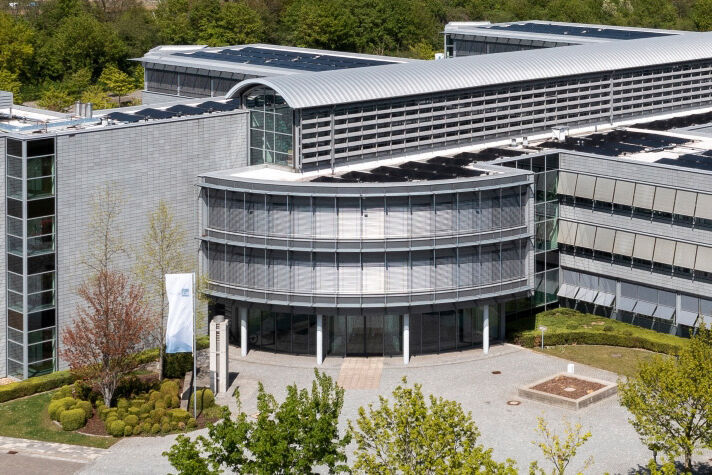
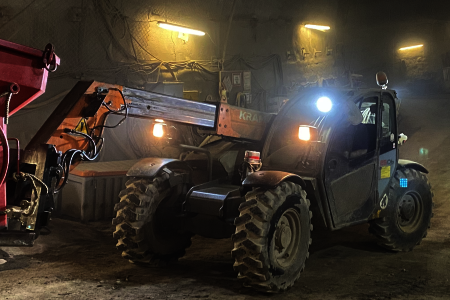
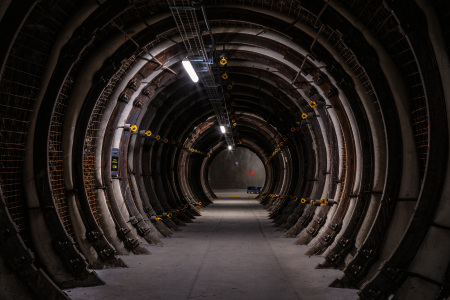
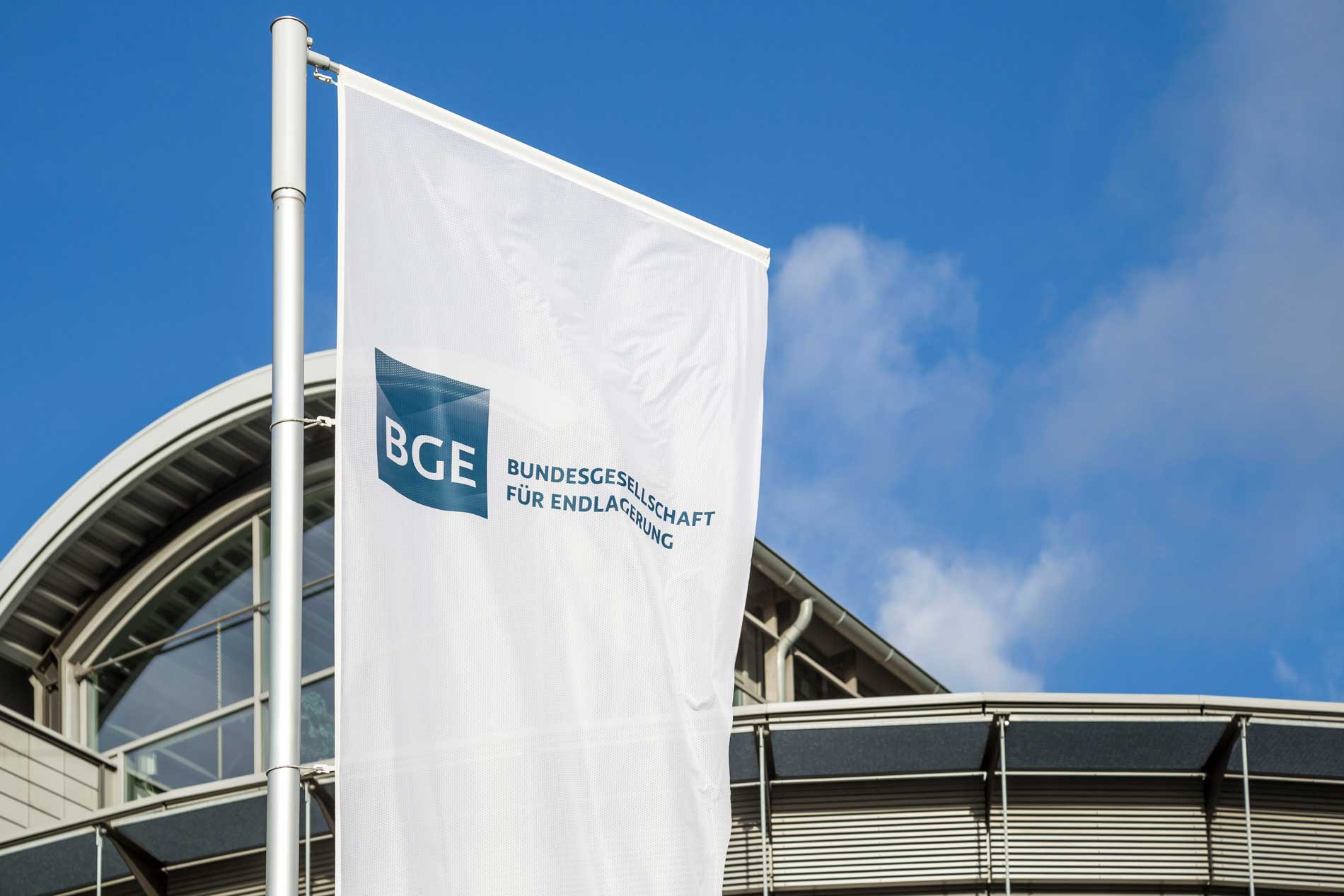
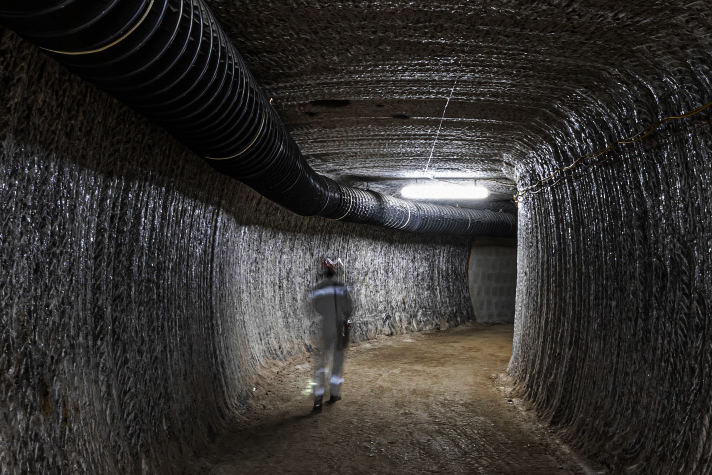
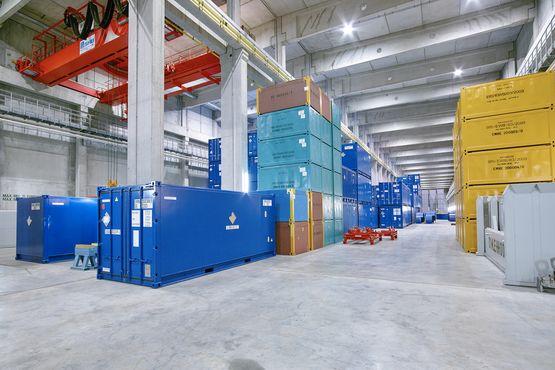
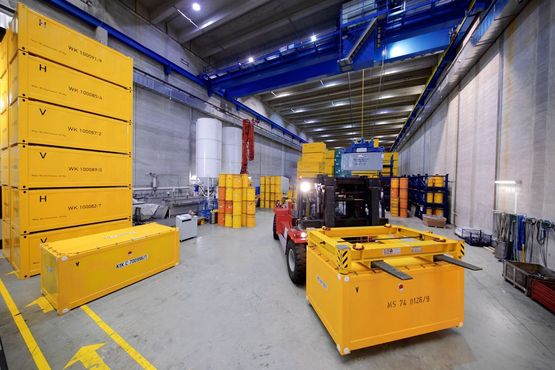
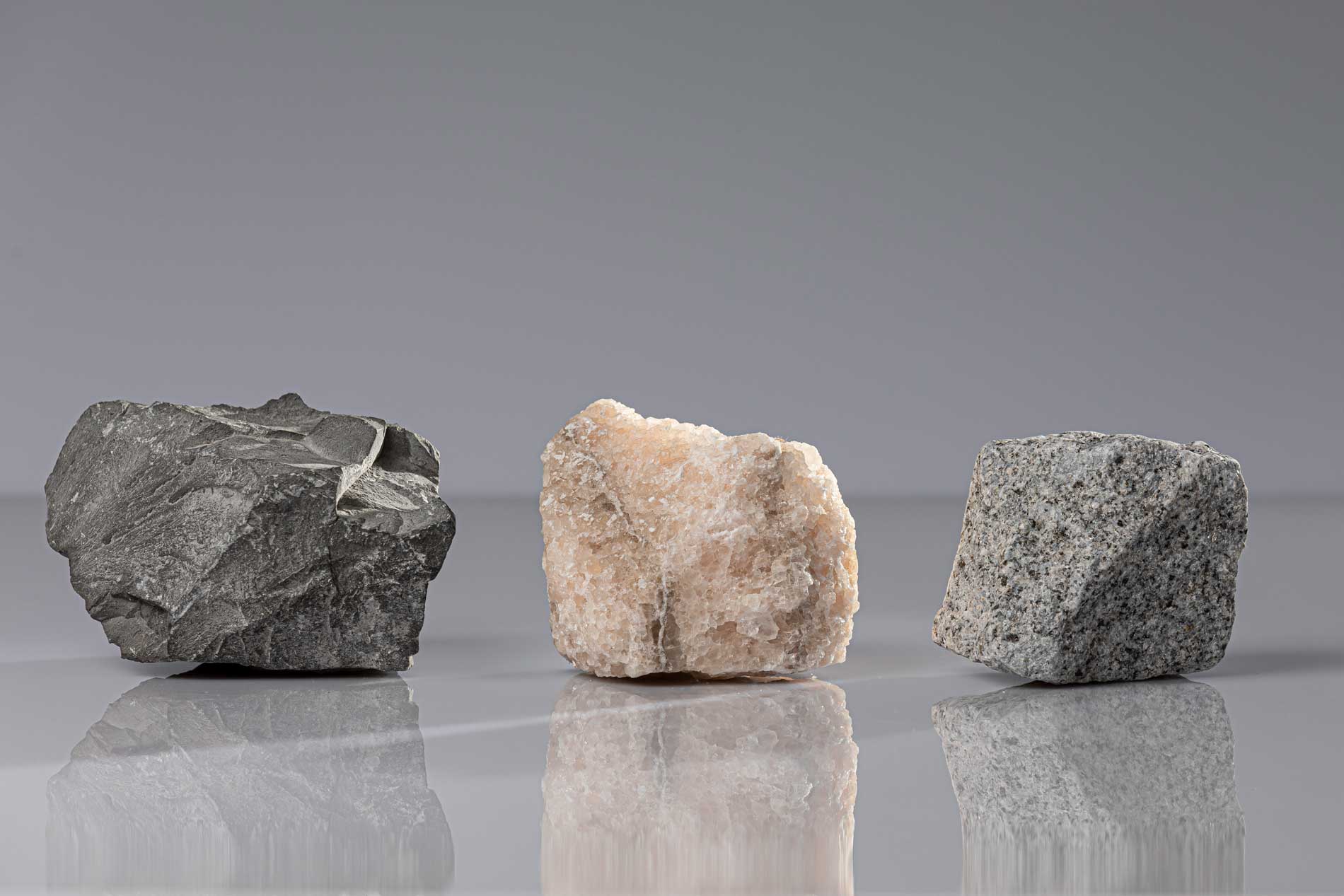
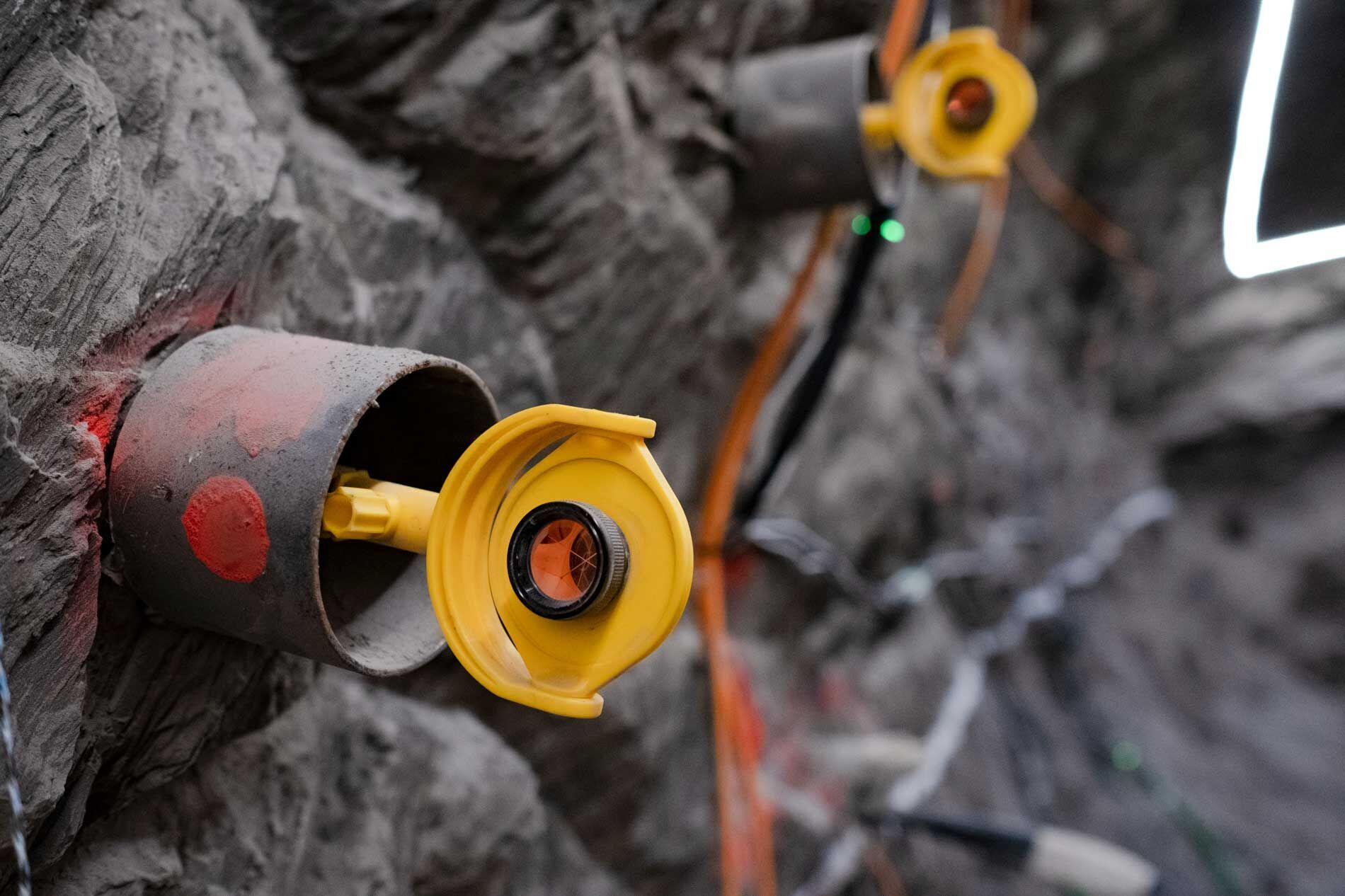
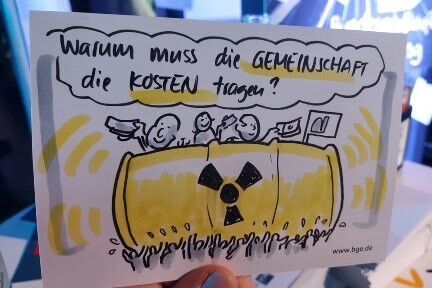
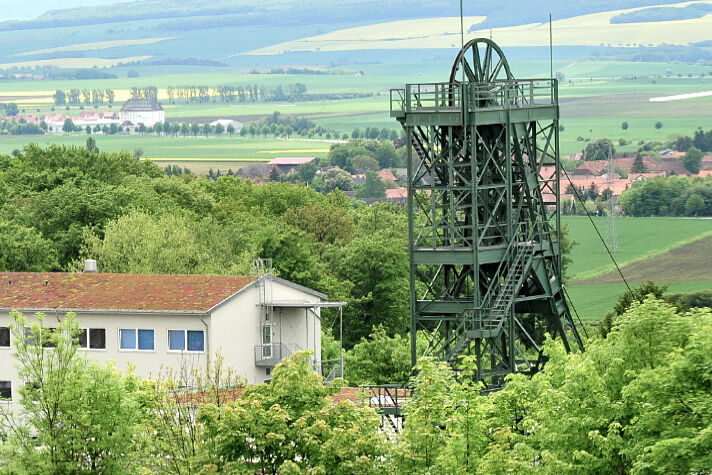
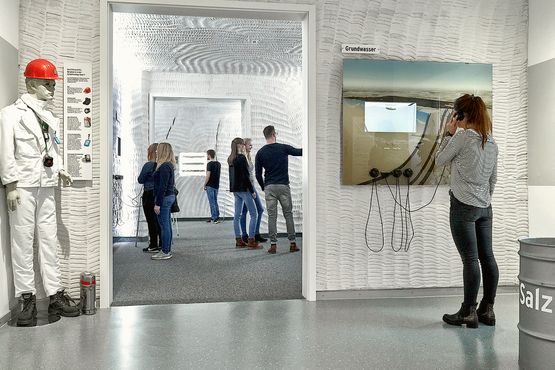
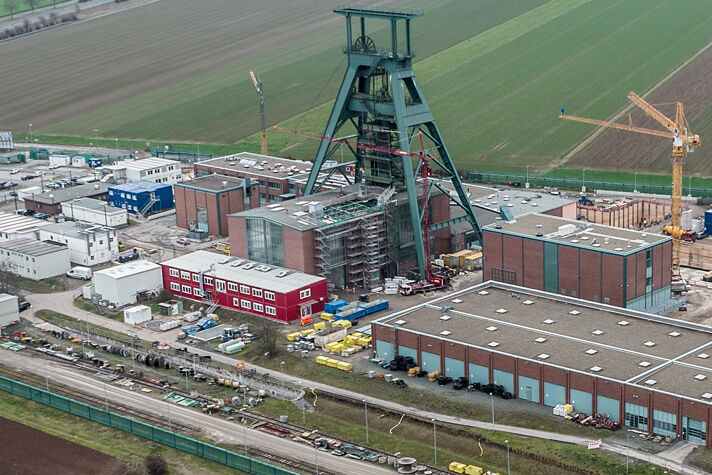
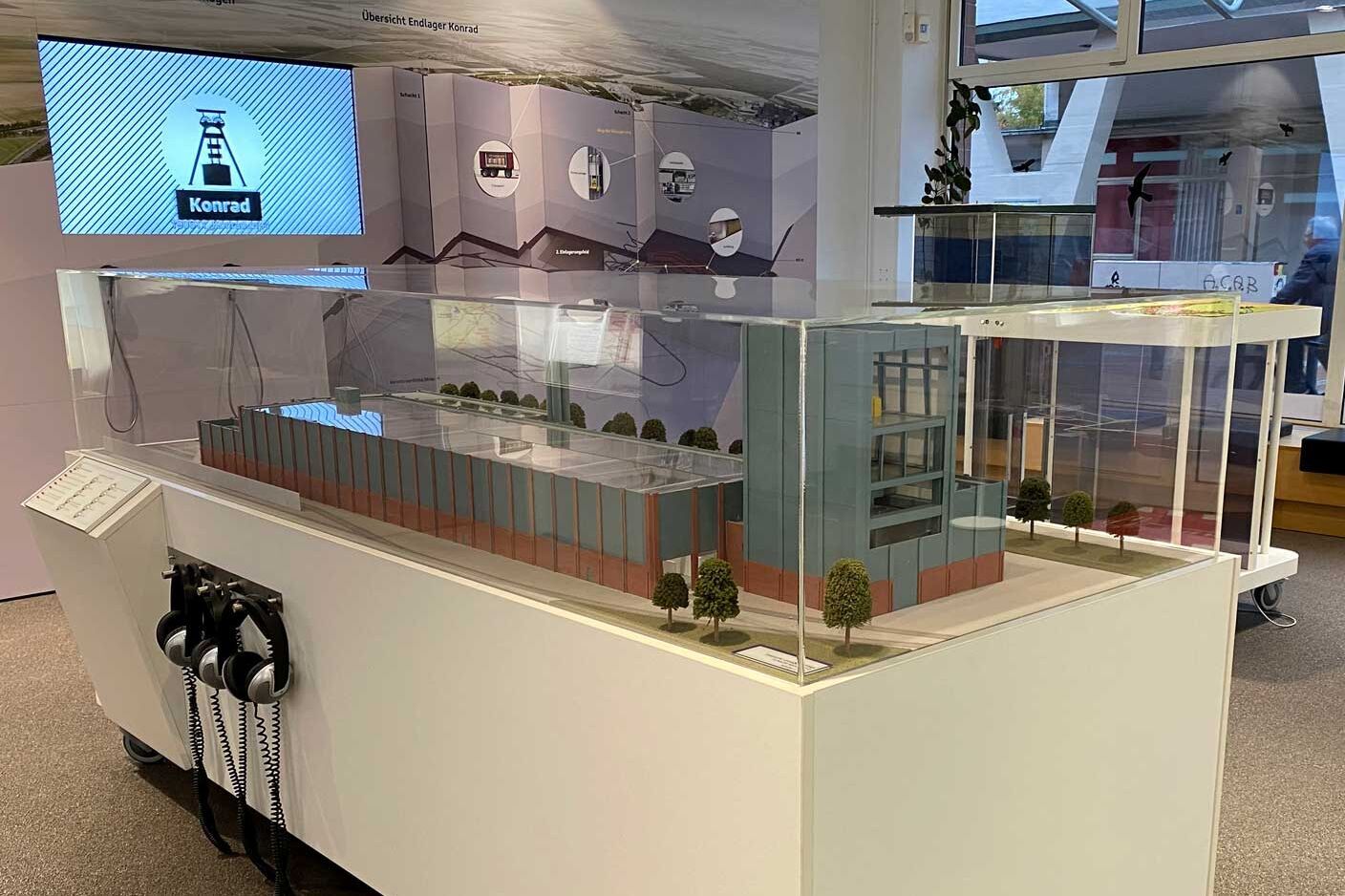
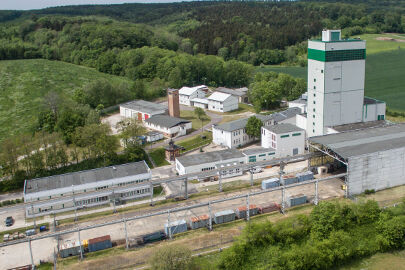
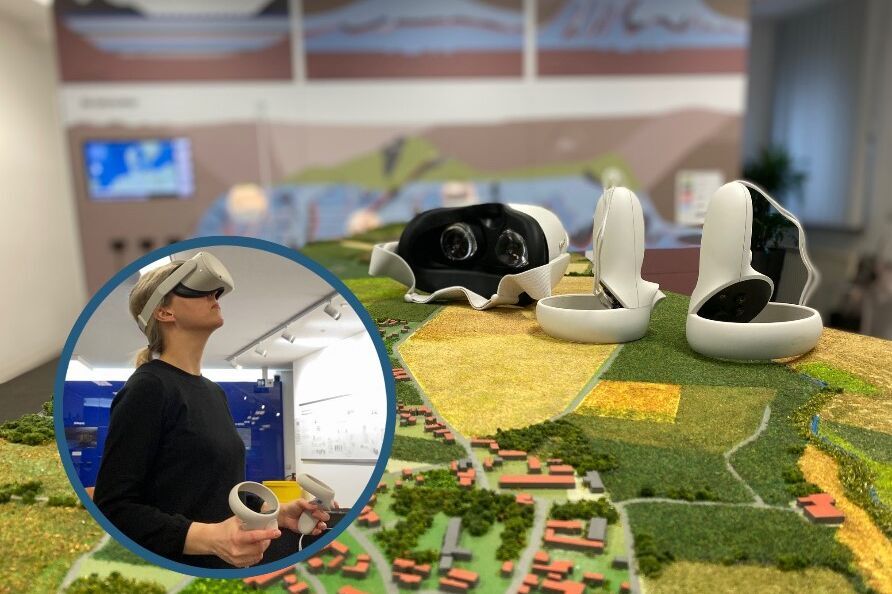
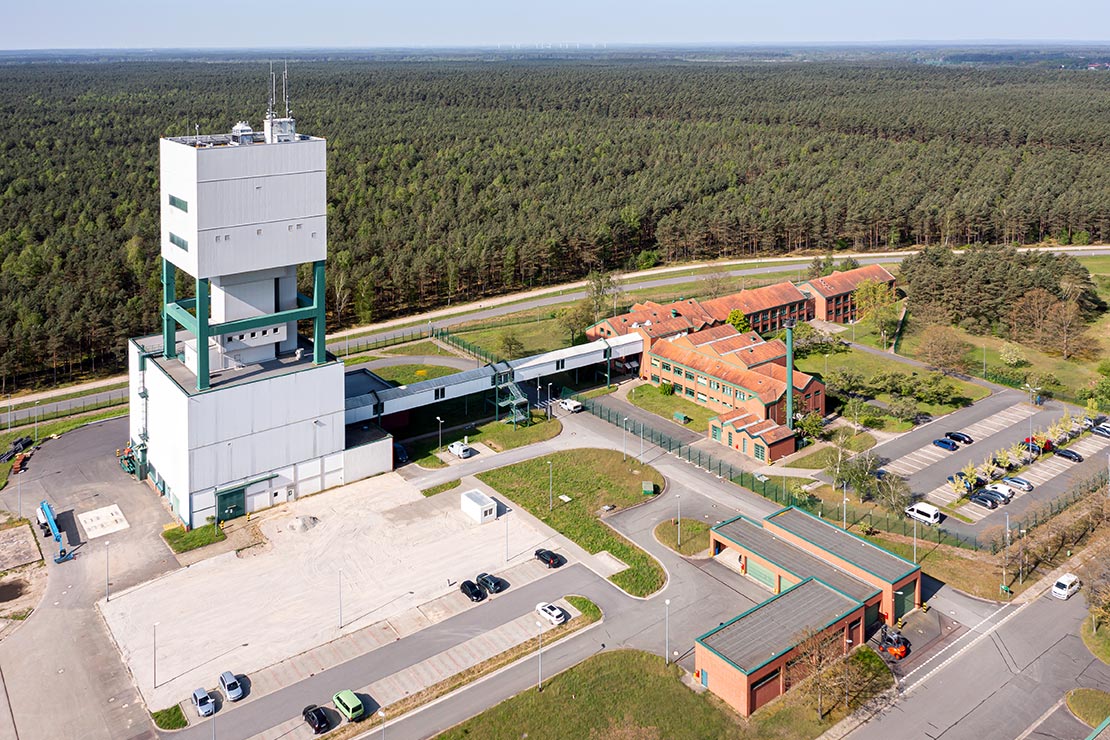
![[Translate to Englisch:] Picture of a sunset in winter, photographed through a big metal wheel](/fileadmin/user_upload/Asse/Meldungen/2023/20230112_Workshop_Asse_555x370.jpg)